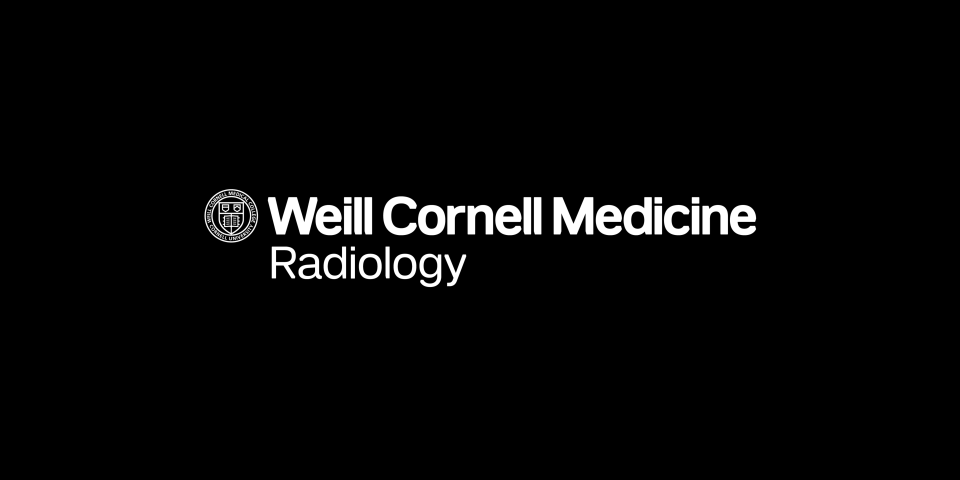Our overall goal is to develop a fluid mechanics approach to studying tracer transport through tissue for perfusion quantification in magnetic resonance imaging (MRI), which is termed as quantitative transport mapping (QTM). Current/traditional perfusion quantification in MRI and medical imaging in general is based on Kety's method that assumes the same arterial input globally into all voxels in an imaging volume. This global arterial input function (AIF) transgresses the local mass conservation at a voxel and requires the user to choose an arterial region of interest (ROI) with the consequent perfusion value highly dependent on the ROI choice, which is known as the AIF problem. been The AIF problem in Kety's method for perfusion quantification has a major unmet challenge impeding perfusion quantification in MRI.The tracer concentration at the artery entering the voxel is needed to address the AIF problem and can be estimated by following tracer transport through the vascular space according to fluid mechanics, which is the proposed QTM. Accordingly, we propose to develop QTM technology for MRI perfusion quantification, capable of processing all 3 major types of images: dynamic susceptibility contrast (DSC) as in imaging ischemic stroke, multidelay arterial spin labeling (ASL) as in imaging kidney transplant, and dynamic contrast enhanced (DCE) as in imaging breast tumor. We plan to achieve this objective through the following three specific aims: Aim comprising Aim Simverse tracer Aim processing In perfusion 1 Develop vascular Simverses For the brain, kidney and breast, we will develop vascular Simverse datasets of vasculature, flow and permeability distribution, and tracer propagation. 2 Develop compartmentalized quantitative transport mapping. The datasets in the vascular of an organ are used to train DNNs for QTM determination of vasculature, flow and permeability, and propagation from tracer spacetime images. 3 Evaluate quantitative perfusion mapping in patients. The eveloped QTM is evaluated for three major perfusion MRI acquisitions: DSC, multidelay ASL and DCE. summary, the successful outcome of this project will establish the fluid mechanics based QTM for quantification . d as a more effective alternative to Kety's method with preservation of local mass conservation and without the AIF problem.


